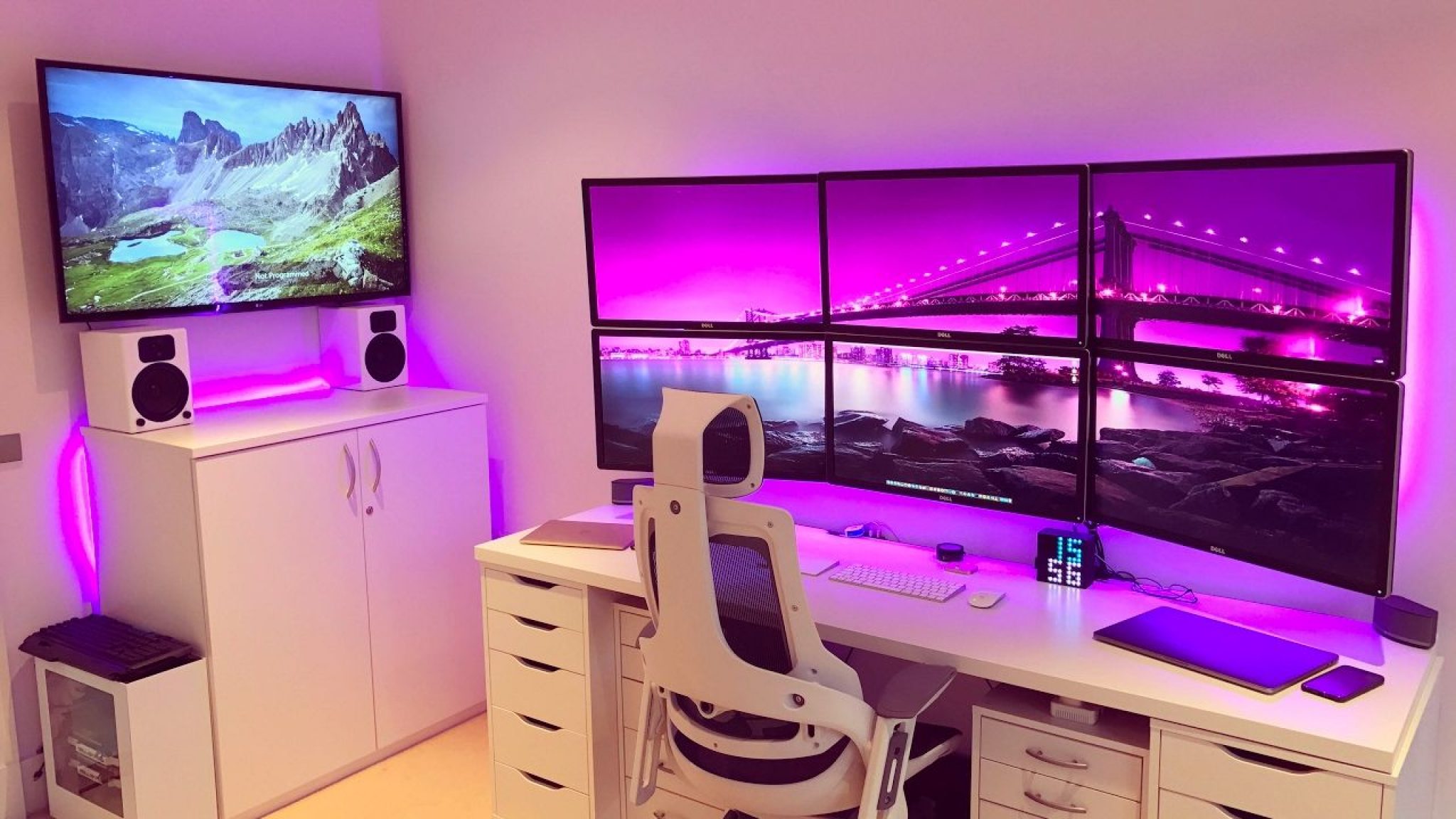

- #Youtube studio one drivers
- #Youtube studio one driver
- #Youtube studio one software
- #Youtube studio one professional
- #Youtube studio one free
There are legitimate reasons to want to record desktop audio loopback. It's possible that you may want/need to capture audio from a non-downloadable source for the purpose of remixing. I've used the loopback feature to capture multi-sourced audio during a video recording session, to use later as a sync tool, and to check live mixing. I cannot guarantee it's available for all PreSonus hardware, but if you need to be recording your desktop audio, for whatever reason, Universal Control provides the Virtual or Mix 1/2 option. I realize that it's been a while since this discussion, but there is an answer to this (at least now, but I think even when this was asked).
#Youtube studio one driver
Maybe driver design is outsourced to avert lawsuits? Anyway, if you’re looking for loopback functionality then look at the driver, the one that comes with your interface or a completely virtual one.

#Youtube studio one drivers
Many audio interfaces (including many PreSonus interfaces) come with Windows drivers that feature virtual loopback channels.

Remember the copy blockers in digital recording hardware? Rather be safe than sorry I guess.īut drivers seem to be a grey area.
#Youtube studio one professional
And how would the paying clientele respond to a company that caters for bootleggers? So professional DAW manufacturers don’t go down that path, period. As a company allowing your DAW to make lossless copies of streamed copyrighted material would open the door to lawsuits that can ruin your business.
#Youtube studio one free
Then there is free VoiceMeter used by streamers.

#Youtube studio one software
Other software solutions can be Wavelab from Steinberg, which has it's own internal ASIO mixer, that can sniff other sources in the system. Presonus won't bother with this, because this is essentially a functionality your audio interface can/have to provide, by programming their ASIO interface to for it to be able to internally link INput and OUTputs of the ASIO signals. LOL What are you talking about? So camera manufacturers will get sued, because they allow recording of copyrighted stuff? If I record an audio with my phone, and then upload it, do I get sued or the company, that made the recorder?Įdit: There are solutions for this. I would think its in their best interest to not allow itĪll you have to do is load a third party driver that will do it and set that to your Audio Recording Device in S1 and you are good If Presonus did what you want they would have a huge copyright issue going on allowing recording of anything off the web in their DAW. Another solution is a You tube converter, but that is just as time-consuming. I know Audacity but it would be easier to record straight into Studio One. Shanabit wrote robbyvantgroenewolt wroteIt is very unfortunate that an expensive program such as Studio One cannot provide a solution for this in their software. So whatever is playing (Spotify, YouTube, Tidal HIFI, a game, whatever) will be perfectly recorded. This specific recording input in Audacity will capture the system audio perfectly straight off the digital stream. Where "blahblah" is your system mobo default output, such as "Realtek" or whatever. One of the input combinations is Windows WASAPI > Blahblah (loopback). Then read the doc on its inputs for recording. If replacing your audio interface isn't an option for you, then there's a software-based workaround. And you can use it in reverse to record the digital stream directly off of YouTube or Spotify or system game sounds, etc. I can now directly stream/record my DAW from the Loopback channel in OBS or Zoom or whatever. I bought a MOTU M4 to replace my older Audient iD14, and the Loopback channel works great. I (think?) the Focusrite Clarett has this? But what I know for sure is that some new (and excellent and cheap) interfaces have this, such as the new MOTU M2/M4 or the new Audient EVO. RME interfaces have had this for a while. The only thing that works perfectly without bugs or glitches or buffering issues is an audio interface that natively provides a "Loopback" channel in its set of drivers. I've never had luck with virtual ASIO cables or any other kludgy solution like Voicemeeter Banana, etc. So this is why some people try to use "virtual ASIO cables", which are a kludgy and buggy attempt to provide a way to route the ASIO OUTPUT to the Windows system routing, AND VICE VERSA. Pretty much any ASIO interface has INPUT channels that can be "heard" from Windows system routing, but the ASIO OUTPUT cannot be "heard" from other Windows applications like OBS, Zoom, Discord, etc. The problem is that ASIO channels on a Windows audio interface are *separate* from your Windows system sounds.


 0 kommentar(er)
0 kommentar(er)
